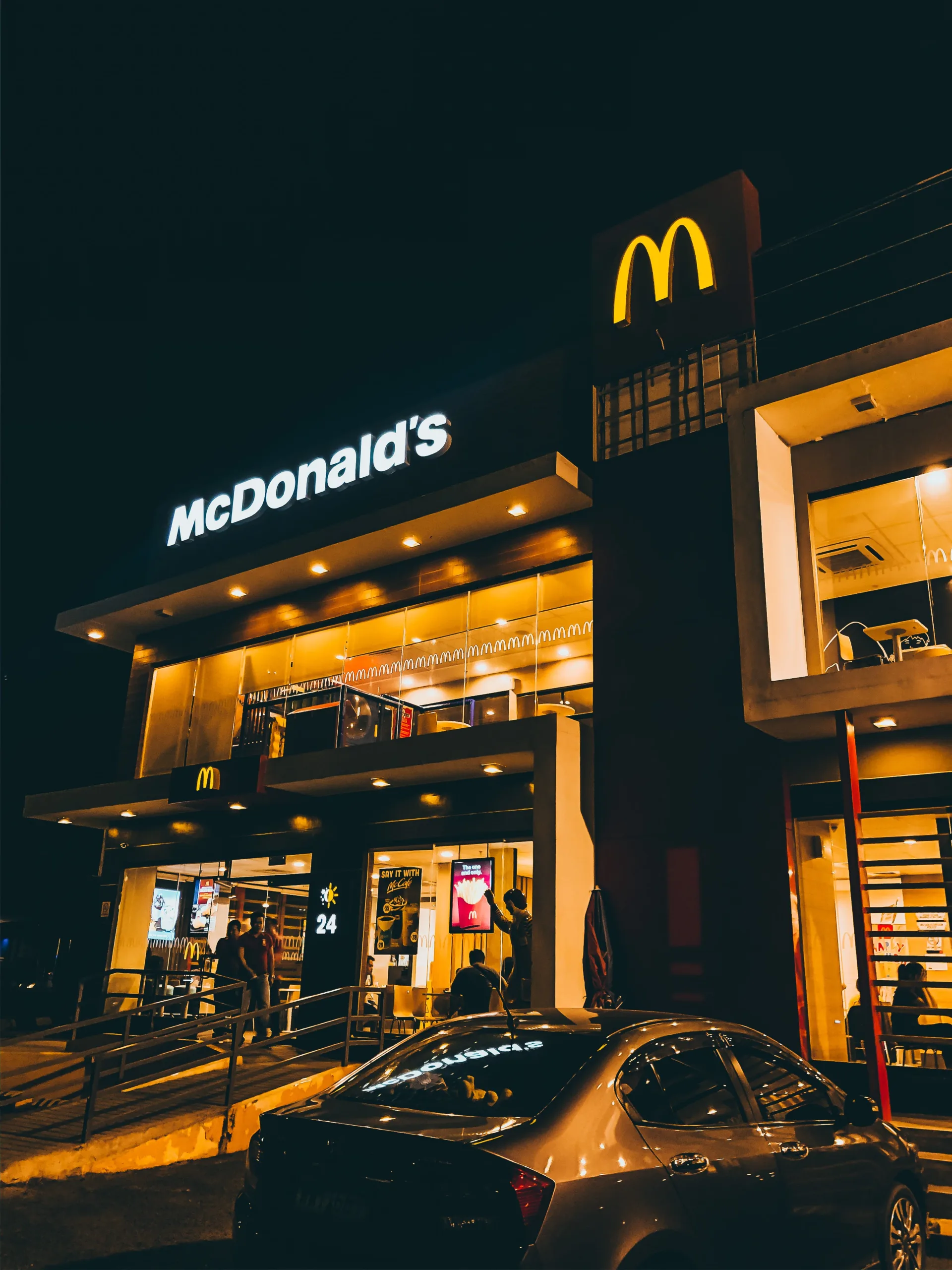Table of Contents
- Introduction
- The Viral $16 McDonald’s Meal
- Social Media Megaphone
- Democratic Dilemma: Perception vs. Reality
- Navigating Fast Food Price Hikes
- The Economics Behind the Outrage
- The White House Takes Note
- The Real Beef: Perception vs. Reality
- Consumer Spending Contradictions
- The Labor Market’s Role
- Conclusion
- FAQs about Fast Food Prices and the Economy
Introduction
Sticker shock has taken on a new life in the age of social media. A seemingly mundane incident involving a $16 McDonald’s meal has evolved into a viral sensation, sparking discussions about the state of the American economy. This article delves into the details, separating perception from reality and exploring the implications for Democratic political strategists.
The Viral $16 McDonald’s Meal
Late last year, a TikTok video featuring a man from Idaho paying $16.10 for a burger, large fries, and a drink at McDonald’s gained traction. The video resurfaces periodically on various platforms, reigniting debates about the health of the global economy. The protagonist expresses disbelief at the seemingly exorbitant price and questions the economic factors at play.
Social Media Megaphone
In a pre-social media era, such an incident might have faded quickly. However, the video’s resonance on TikTok, Reddit, and mainstream media has transformed it into a symbol of broader economic concerns. The digital age amplifies outrage, contributing to a collective unease about rising costs in essential aspects of life.
Democratic Dilemma: Perception vs. Reality
For Democratic political strategists, the persistent narrative of economic discontent poses a challenge. Despite data indicating a robust economy, polls consistently reveal a disconnect between expert opinions and public sentiments. This dissonance is a hurdle in conveying the message that, in reality, the economy is performing well.
Navigating Fast Food Price Hikes
While fast food prices have indeed risen in recent years, the $16 McDonald’s meal is not representative of standard menu items. The video features a limited-time “smoky” double quarter-pounder with bacon and cheese—a promotional offering designed to boost sales in a margin-sensitive industry. The average cost of a Big Mac in the U.S. stands at $5.58, a modest increase from pre-pandemic levels.
The Economics Behind the Outrage
Understanding the economic backdrop is crucial. Independent ownership of McDonald’s franchises results in regional price variations. For instance, in affluent areas like Darien, Connecticut, a Big Mac combo can cost around $18. The economic nuances, often lost in viral moments, highlight the complexity of pricing dynamics.
The White House Takes Note
Even seemingly isolated incidents, like the $16 McDonald’s meal, reach the highest echelons of power. The White House Office of Digital Strategy monitors and addresses exaggerated claims about the economy. This reflects the ongoing struggle of the Biden administration to counter narratives that may not align with economic realities.
The Real Beef: Perception vs. Reality
Beyond the viral aspect, the essence of the $16 McDonald’s meal lies not in its cost but in the fact that the consumer paid for it. Questions arise about whether the TikTok user knew the price beforehand, emphasizing a broader trend—Americans expressing economic dissatisfaction in polls while actively engaging in robust spending on dining, travel, and goods.
Consumer Spending Contradictions
Despite a prevailing sour mood and higher prices, consumer spending remains resilient. Dining out, travel, concert tickets, and various goods continue to witness significant expenditure. This seemingly contradictory behavior raises questions about the dichotomy between public sentiments and actual spending patterns.
The Labor Market’s Role
A key factor contributing to consumer confidence is the strong labor market. With unemployment consistently below 4% for nearly two years, workers feel secure about their future paychecks. This stability plays a pivotal role in shaping the paradoxical landscape of discontented perceptions amid substantial economic activity.
Conclusion
The $16 McDonald’s meal serves as a microcosm of broader economic discussions. Navigating the intersection of social media outrage, political narratives, and economic realities is essential for a comprehensive understanding of the current state of the American economy.
FAQs about Fast Food Prices and the Economy
Q1: Are fast food prices significantly higher than before?
A1: While there have been price increases, the $16 McDonald’s meal is an outlier. The average cost of staple items, like the Big Mac, has seen a modest uptick.
Q2: Why does fast food pricing vary across regions?
A2: Independent ownership of McDonald’s franchises results in regional price variations. Factors such as local economies and demographics contribute to this variability.
Q3: Does the $16 meal reflect broader economic challenges?
A3: The incident symbolizes public dissatisfaction, but consumer spending data suggests a more positive economic picture. The viral moment highlights the complex interplay of perception and reality.
Q4: How does the strong labor market impact consumer confidence?
A4: A consistently low unemployment rate fosters a sense of job security among workers, contributing to their willingness to spend despite broader economic concerns.
